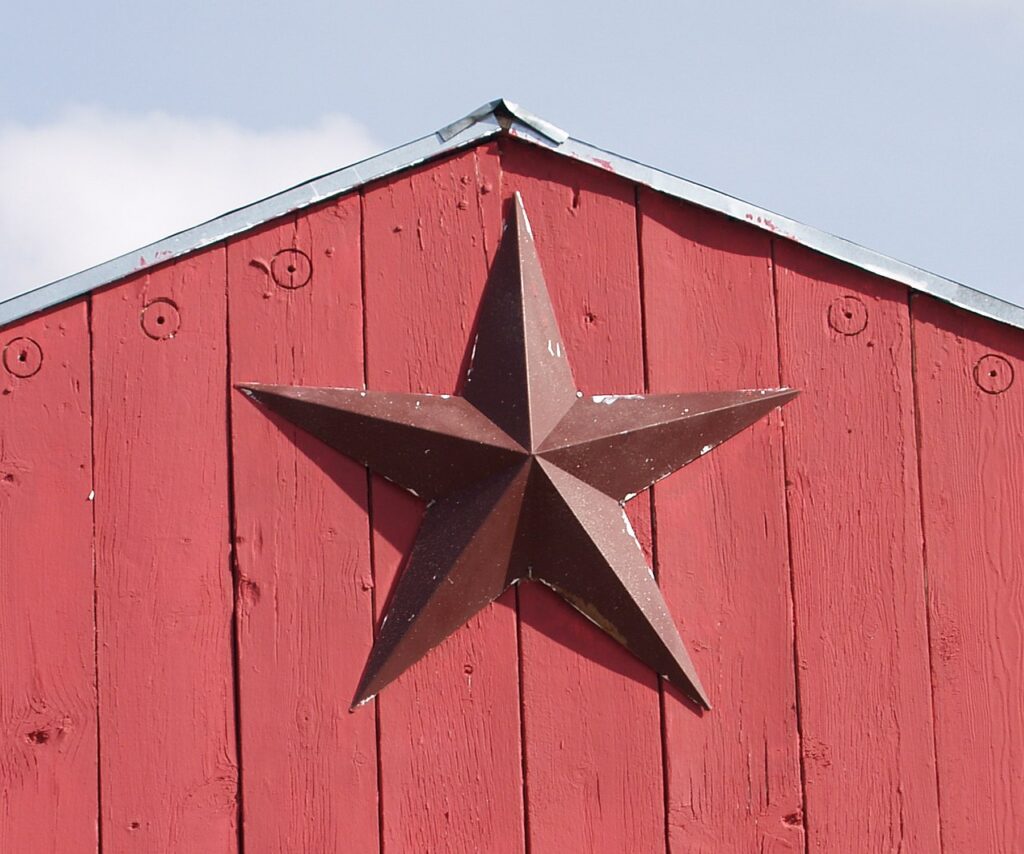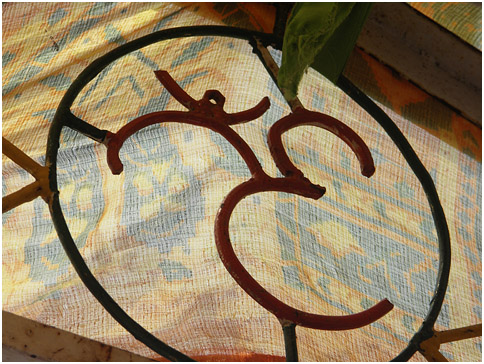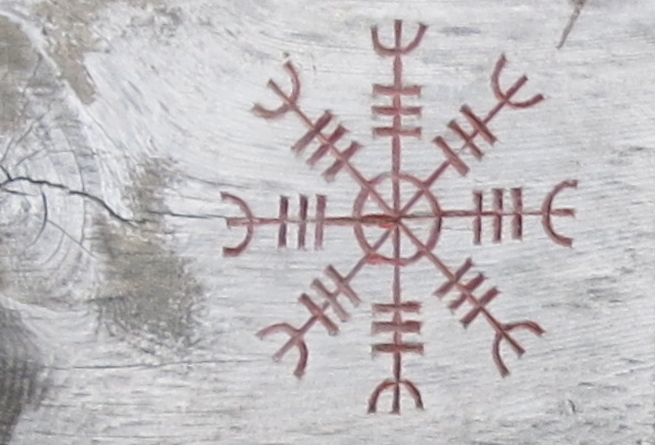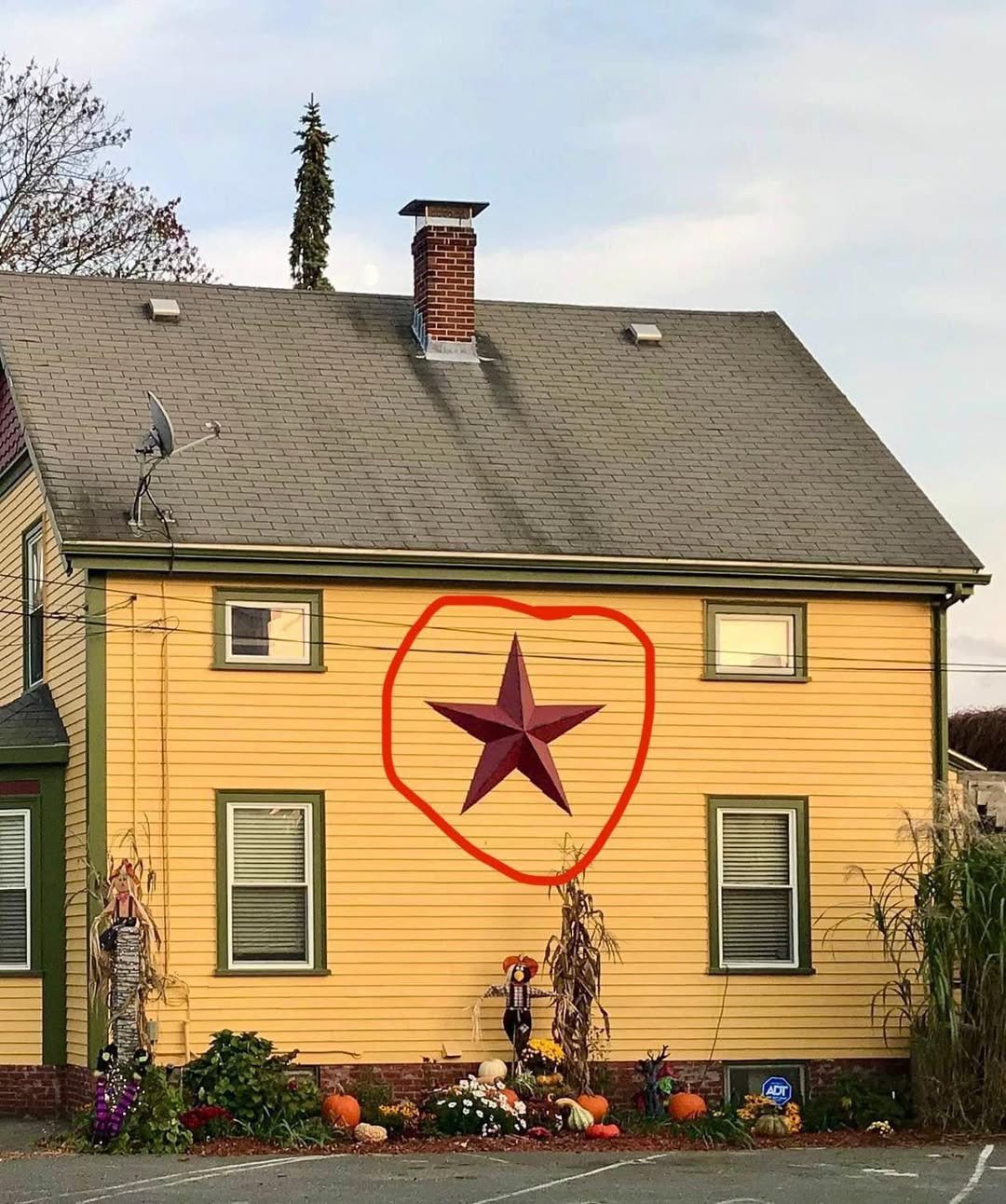If you’ve ever seen a barn star adorning the top of a barn, you might have wondered about its purpose. These decorative elements, also known as metal barn stars, have deep cultural and historical significance, especially among German-American farmers.
But did you know that barn stars were originally believed to bring good luck, protection, and prosperity? Some people even link them to farmhouse décor trends, but their roots go far beyond aesthetics.

The Symbolism Behind Barn Stars
Barn stars date back to the 1830s and were traditionally painted onto barns or made from metal stars. While some farmers use quilt blocks or hex signs instead, barn stars remain a popular tradition.
Each color of a barn star carries a unique meaning:
- Green Barn Stars: Represent fertility and prosperous crops.
- Blue or Black Barn Stars: Offer protection for the farmer, their family, and their goods.
- Brown Barn Stars: Symbolize friendship and community.
This deep-rooted tradition is a key part of Pennsylvania Dutch heritage, often misunderstood by modern audiences.


Barn Stars vs. Hex Signs: What’s the Difference?
Although hex signs are often confused with barn stars, they are distinct symbols. According to Patrick Donmoyer, Director of the Pennsylvania German Cultural Heritage Center at Kutztown University, hex signs appeared about 100 years after barn stars.
Hex signs were originally seen on marriage licenses, gravestones, and homes, meant to bring luck and protection. The confusion between these symbols started in 1924 when artist Wallace Nutting mistakenly associated hex signs with barn stars, forever intertwining their histories.
Do Barn Stars Offer Spiritual Protection?
Throughout history, many cultures have used symbols for protection, wealth, and prosperity. The barn star is one such emblem, similar to other ancient symbols like:

- The Om Symbol: Used in Hinduism and Buddhism to purify the mind and body.
- The Eye of Horus: An Egyptian symbol believed to provide healing and security.
- The Hamsa Hand: A Middle Eastern amulet said to ward off negativity.
- The Helm of Awe: A Norse symbol that instills fear in enemies and protects warriors.
These symbols share a common theme—the desire to attract good fortune and keep evil at bay. The barn star follows this tradition, serving as a historical and cultural representation of luck, safety, and prosperity.
Why Barn Stars Are Still Popular Today
Even in modern times, barn stars are a sought-after farmhouse décor trend, gracing barns, homes, and even interior spaces. They are often associated with rustic home decor, metal wall art, and antique collectibles, making them a top choice for homeowners and decorators.

With their rich history and deep symbolism, barn stars continue to captivate both history enthusiasts and farmhouse-style lovers alike. Whether you’re looking for decor with meaning or simply a nod to agricultural heritage, a barn star is more than just a pretty ornament—it’s a symbol of protection, prosperity, and tradition.

